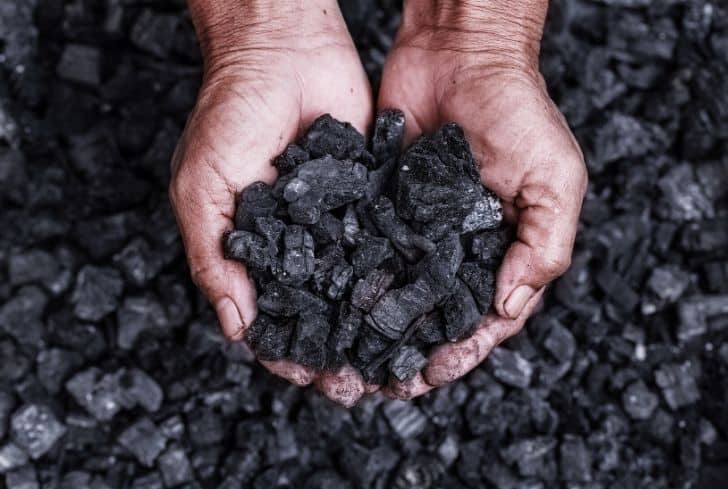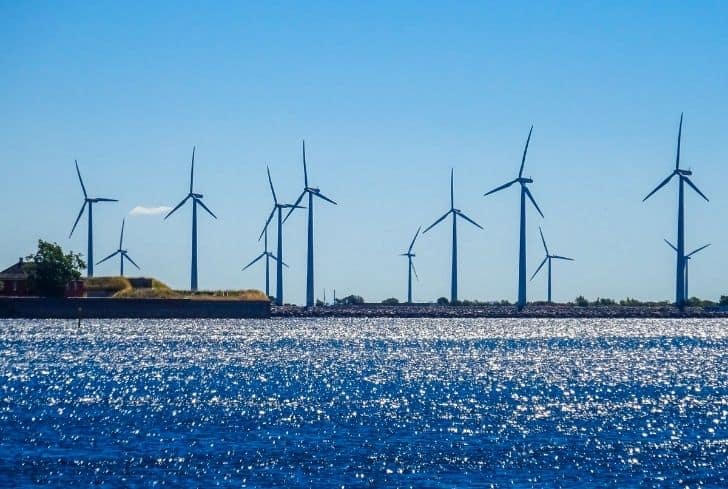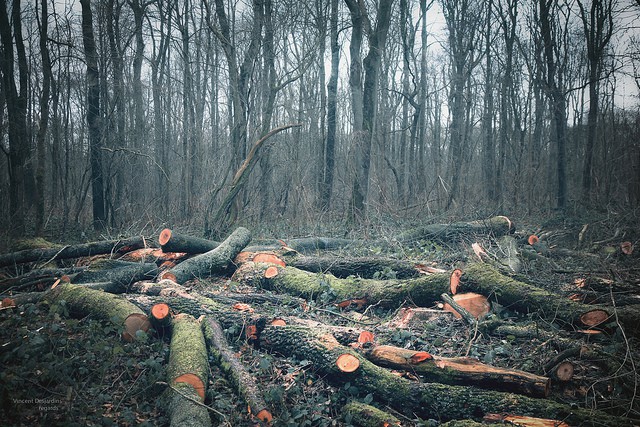What is Coal? How it was Formed? Is Coal a Renewable Resource?

In 1698, when the steam engine was first invented, it was coal that fuelled it. Coal has been a major source of fuel for humankind for hundreds and thousands of years now. This carbon-rich, primary fossil fuel has powered the human civilization right from the time it was known. Before proceeding any further, we must attempt to define what coal is and how coal was formed, in the first place. We shall also find out how this fossil fuel is converted into electricity and, if, at all, coal is a renewable resource.
We are all familiar with the black rock-like material that is dug up from the mines. In documentaries and films, it is often seen that this is used to fuel the steam engines. So what is this black rock? It is coal. The stratified, carbon-rich, black-brownish sedimentary rock that is used as a primary source of fossil fuel is called coal.
It is combustible and that is why it is used as a primary fossil fuel. Coal can also be defined as a rock having 70% or more by volume (or 50% or more by weight) carbonaceous material formed by the compaction of various plant remains over time underground.
There are various types of coal based on three major factors:
- The type of plant material that forms the coal (this defines the coal type)
- The degree of clarification (this defines the coal rank)
- The range of impurities present in it (this defines the coal grade)
One interesting fact can be stated here. The diamond that we see shining on rings and necklaces and the graphite that fills our pencils are all variants of coal. Yes, you read it right! Depending on the pressure and a few other factors like humidity, etc. the black coal changes into graphite and also into the shiny and precious diamonds.
Keeping all this in mind, it could be easily said that coal is somewhat of an all-rounder. In the next section, we shall learn in detail how coal was formed and was put to use.
How Was Coal Formed?
Before starting, we must remember that our earth is approximately 4.5 billion years old. And its coal reserves we formed over a span of millions of years as plant remains got buried under the ground and were subjected to immense pressure and heat over the years before they finally turned into rocks. These rocks, when harvested, could be used as fuel to power fires. This is a brief summary of the process. Now, let us look into the process in more detail.
If we look back millions of years, we would see the surface of the earth covered with forests, swamps and more, or simply- plants. Over time, leaves fell from the plants while some of the plants died and fell on the land. As time passed, these materials decayed and over the years, new layers of soil added on them, layer after layer, gradually. As a result, the decayed plant remains were pushed underground.
Due to remaining underground, all the decayed material was subjected to immense pressure from all the layers of soil above it. As a result of this pressure, the decayed plant remains started releasing moisture. We must also keep in mind that due to increased pressure, the temperature under the ground is also quite high. These add to the formation process of coal.
Thus, over millions of years, various types of coal are finally formed and are ready to be mined. Now we must understand that not all coal is alike.
Depending mainly on the amount of carbon content of the coal, there are three major varieties of coal, namely:
- Lignite coal – this is the lowest rank of coal. It is brownish-black in color. It is used for electricity generation. It is also the most harmful when used.
- Bituminous coal – this is a well-formed variety of coal. It is mostly black in color, but sometimes, it might also be blackish-brown. It has well-formed dark and dull bands. It is used for steam-electricity generation and for the formation of coke.
- Anthracite – it is the highest known grade of coal. This variety is absolutely shiny black in color. It is the least harmful when used. It mostly finds its use for heating up of domestic and commercial spaces alike.
Apart from these major categories, there are certain other types of coal as well. They are:
- Peat
- Jet
- Sub-bituminous
- Graphite
- Cannel coal
Each type of coal has got its distinct set of properties. Each type has its own use. In fact, there is no type of coal that remains unused or that could be called of no use to humankind. Now, one of the most important uses of coal is the generation of electricity. In the following section, we will learn how the coal so obtained by mining is converted into quintessential electricity.
How is Coal Converted Into Electricity?
Without electricity, modern civilization holds no meaning. Without coal, electricity generation is somewhat impaired. So, we could safely say that it is basically coal that powered not only the earlier civilizations (coal-powered them entirely) but it also powers our modern civilization (to a certain extent).
While electricity generation is not entirely dependent on coal in these days, we can say that it forms a major source of its generation. About 38% of the electricity generated globally is dependent on coal. That said, one question arises in our mind. How exactly is coal converted into electricity? Let us take a closer look at the steps:
- Steam or thermal coal is used for the purpose of electricity generation in power plants. It is first converted into a fine powder. This is done so that the surface area is increased, allowing the coal to burn more easily.
- In the PCC, that is, the Pulverized Coal Combustion Systems, this finely powdered coal is then blown into the combustion chamber of a boiler.
- In this chamber, the coal is burnt at very high temperatures.
- There are tubes filled with water around the boiler. The heat so produced in the combustion procedure turns this water into steam. This steam has very high pressure.
- This steam is then passed through turbines with several blades. As a result, these blades rotate at high speed.
- A generator with tightly coiled wire is placed at one end of the turbines. These produce the electricity through the generation of a magnetic field.
- The steam is then condensed and is reused in the boiler.
- The generated electricity voltage is then either stepped up( about 400,000 volts) with the help of transformers and then is transmitted through power line grids.
- Nearing the place of consumption, the voltage is lowered with the help of step down transformers to 100-250 volt for safe consumption in homes and offices.
Is Coal a Renewable Resource?
The simple answer to this question is, “No.” Taking into consideration the fact that coal reserves need several million years to form, it is better to say that coal is a non-renewable source of energy. It takes approximately 100 million to 400 million years to form coal from the dead and the decaying plant remains. Coal is one of the most important fossil fuel known to humankind.
Ever since the discovery of fire, coal has been instrumental in building up of several human civilizations. But since coal is a non-renewable resource and the whole humankind is dependent on it, it is advisable that we use it judicially. It is only then that we, as well as our future generations, will be able to lead comfortable lives.
Conclusion
Finally, it can be said that coal is absolutely essential for the survival of humankind. All types of coals are equally important. The only thing that we have to keep in mind is that it is a non-renewable resource, and thus, we ought to use it wisely.
Resources:
https://www.britannica.com/science/coal-fossil-fuel#ref259096






